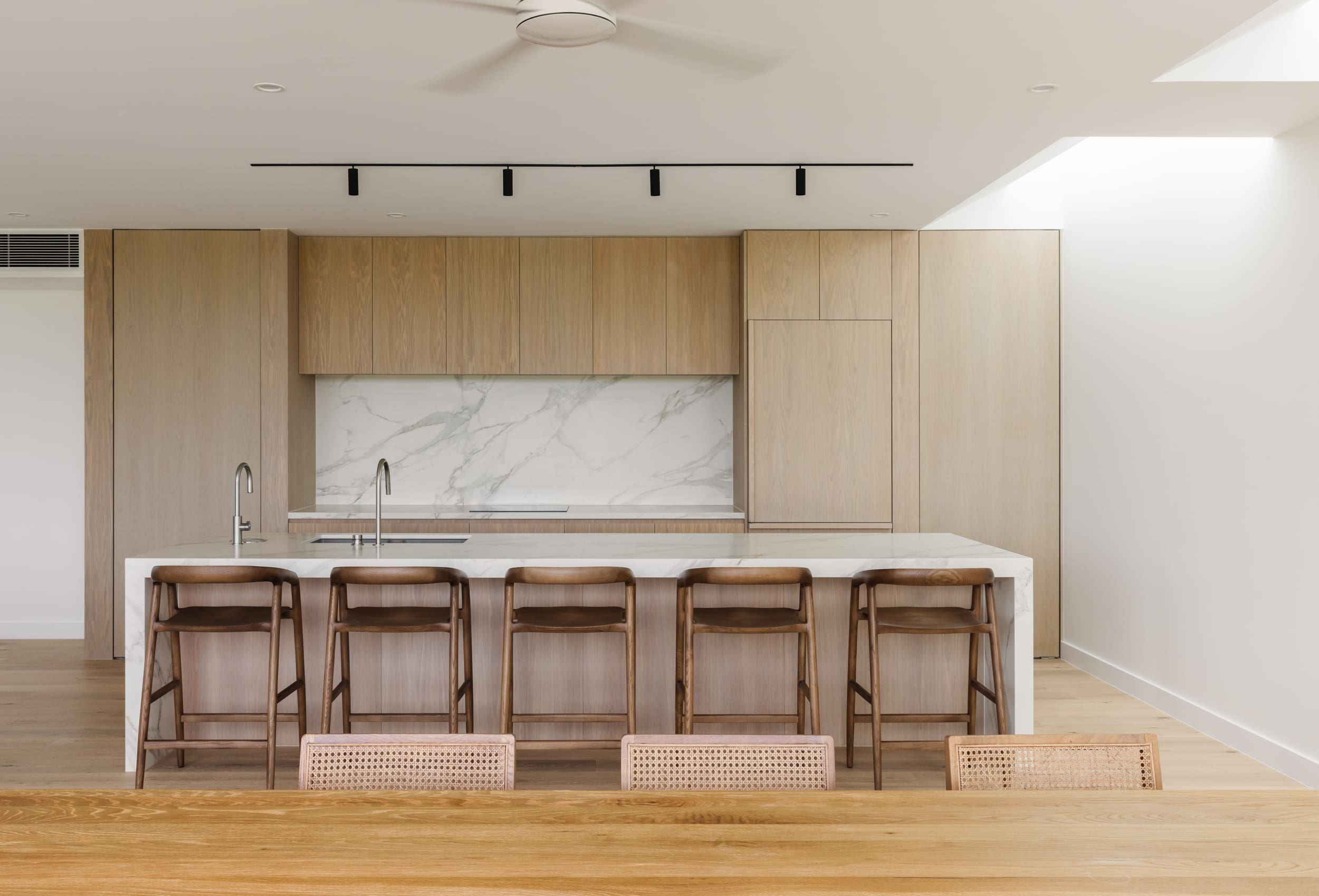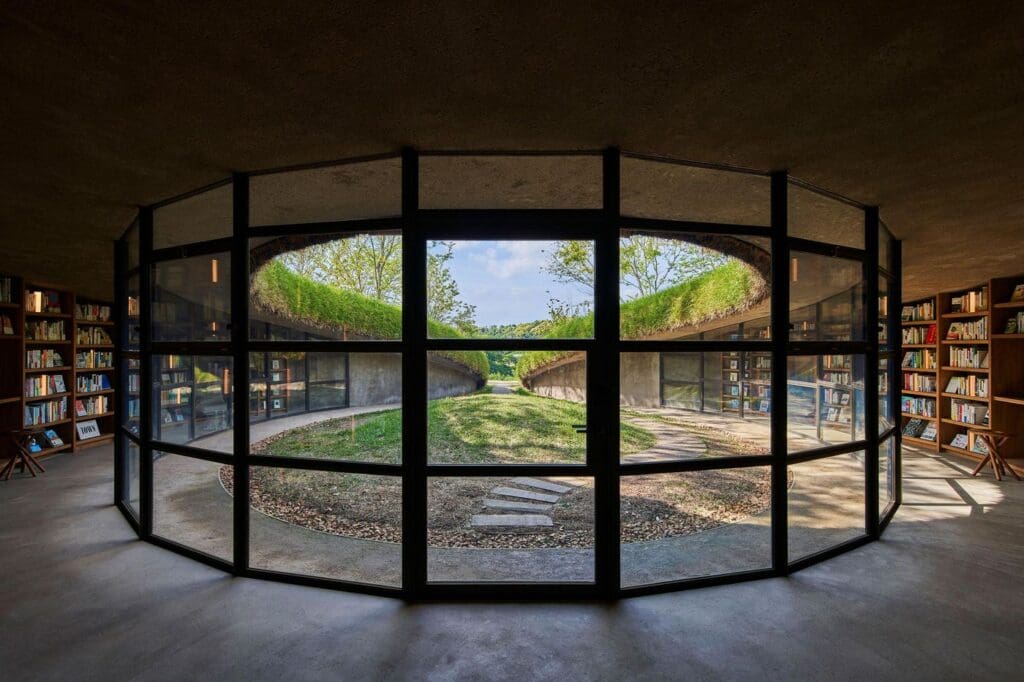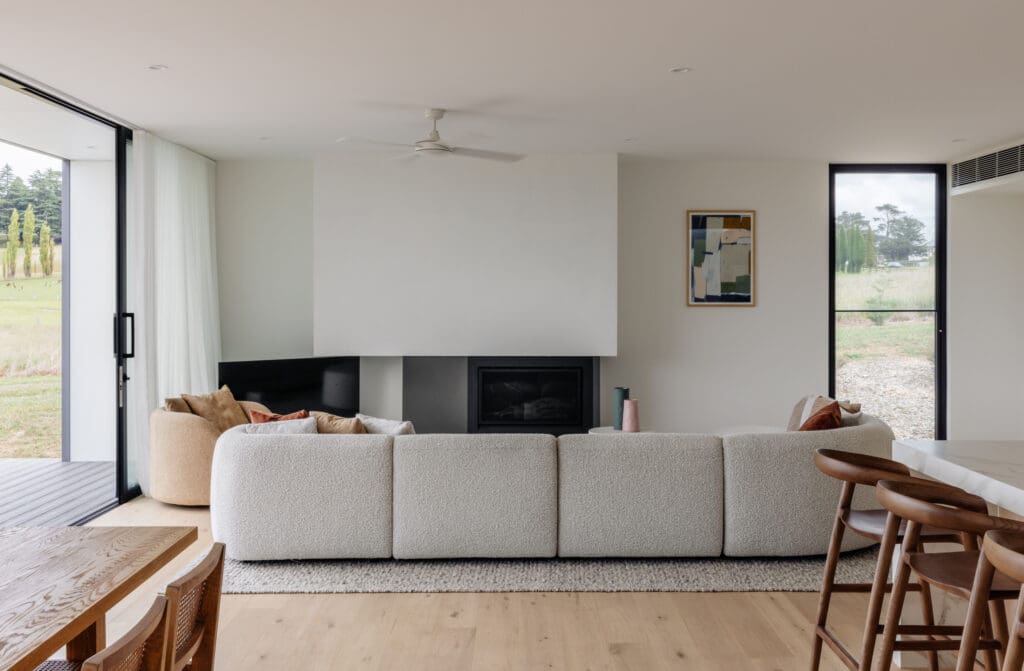Designing the Perfect Kitchen Island for Your Everyday Life

A kitchen island isn’t just a feature; it’s a gathering place that shapes how you cook, connect, and live.
The perfect island balances practicality with style, tailored to your unique lifestyle. To create one that works effortlessly every day, focus on three essential considerations: seating and storage, appliance integration, and benchtop materials.
1. Seating and Storage: What Suits Your Routine?
Kitchen islands are a powerful way to boost both the efficiency and functionality of your kitchen. But they offer more than just extra bench or cupboard space. Depending on the design, an island can transform your kitchen into a social hub by providing casual bar-style seating. The size and layout of your kitchen, however, may require a choice between seating and storage.
If your modular home lacks a dining table or you want to create a more sociable kitchen environment, seating becomes a key feature. Most islands designate one side for cooking and the other for dining, but seating can be incorporated on multiple sides if space allows. To comfortably accommodate stools or chairs, an overhang of at least 30cm is necessary, with 38 to 46cm being ideal. This design choice limits storage capacity on the seating side, so it’s important to consider whether your island’s primary function is fostering social interaction or maximising utility.
Alternatively, if storage is your priority, a kitchen island offers valuable additional shelving, cabinetry, and bench space. Island cabinets provide practical storage for crockery, cookware, and help keep benchtops clear. Open shelving adds an aesthetic element, allowing you to showcase cookbooks and kitchen accessories. Keep in mind, though, that prioritising storage often means sacrificing seating, as cupboards and shelves do not accommodate the overhang needed for stools.

2. Appliances on the Island: Enhancing Workflow
Another key design decision for your kitchen island is whether to include a sink, a cooktop, or both. Integrating these appliances will influence other design elements, so it’s crucial to align this choice with your island’s primary purpose.
If your island is intended as the main meal preparation zone, including a sink and/or cooktop can improve workflow by distributing tasks across the kitchen and freeing up bench space elsewhere. However, these appliances require considerable space and will impact storage capacity. For instance, a sink necessitates plumbing beneath the bench and often a dishwasher nearby, both of which reduce cupboard space. Similarly, a cooktop demands overhead ventilation, which requires careful planning to integrate without disrupting the kitchen’s layout.
If you include cooking and prep appliances, it’s also important to allocate convenient storage nearby for essential utensils, ensuring your island remains functional and efficient.


3. Choosing the Right Benchtop Material for Everyday Use
Your benchtop material should be both functional and visually aligned with the broader design language of your living space. It plays a key role in defining the island’s aesthetic and its usability—so careful consideration is essential. The best choice depends on your island’s intended function, your kitchen’s overall style, and the architectural character of your modular home.
Concrete
Concrete offers a contemporary, sculptural appeal and is available in a wide array of colours and finishes—from raw and industrial to polished and refined. It’s more costly than laminate but offers strong heat and scratch resistance, giving it a long lifespan. However, there are a few practical considerations. Its substantial weight can make installation more involved, and because of its low tensile strength, larger overhangs and slab thicknesses need to be carefully engineered. While robust, it can still chip or crack if subjected to sharp impact—so it’s worth thinking about how the surface will be used day-to-day.
Natural or Engineered Stone
Natural stone is a premium material known for its unique veining and luxurious aesthetic. Each slab is one-of-a-kind, adding a rich, organic character to your kitchen. While durable, it’s porous and requires regular sealing to prevent staining—especially in lighter shades, which are often more cost-effective. Slab size can also restrict design flexibility, potentially dictating the dimensions of your island.
Engineered stone is a more versatile alternative. Comprising quartz or granite blended with resin, it offers a similar aesthetic with added benefits: it’s less porous, more stain-resistant, and available in a wider range of colours and formats. It also allows for greater flexibility in sizing, making it ideal for larger or more complex island designs.
Timber
Timber brings warmth and natural tactility to a kitchen island, working especially well in modular homes that favour organic textures. Its flexibility makes it ideal for customised shapes and sizes, whether crafted from a single slab or multiple pieces joined together. Choosing a durable hardwood will extend lifespan, but even softer species are forgiving—scratches and dents can often be sanded back. For a more sustainable choice, consider FSC-certified or recycled timber options.
Stainless Steel
Stainless steel is prized for its durability, hygiene, and low maintenance—qualities that have made it a staple in commercial kitchens. In residential settings, it brings a clean, contemporary edge with an industrial flair. While resistant to stains and heat, its polished surface can highlight fingerprints and light scratches. It’s well-suited to those who enjoy a surface that tells a story through gentle marks of daily life.
Laminate
Laminate is a highly adaptable surface option, offering an impressive range of colours, textures and finishes—from subtle neutrals to bold patterns that mimic stone or timber. It’s a practical choice for everyday living, with a smooth, low-maintenance surface that’s easy to clean and resilient against general wear and tear. Its lightweight nature makes installation straightforward, and its design flexibility means it can work across a wide variety of kitchen styles, including modular homes where speed and efficiency are key.
Designing the right kitchen island means striking a balance between form and function. By thinking through how you use your kitchen—whether that’s prioritising seating or storage, integrating appliances to streamline workflow, or selecting a benchtop material that suits your lifestyle—you can create a space that feels effortless every day.



